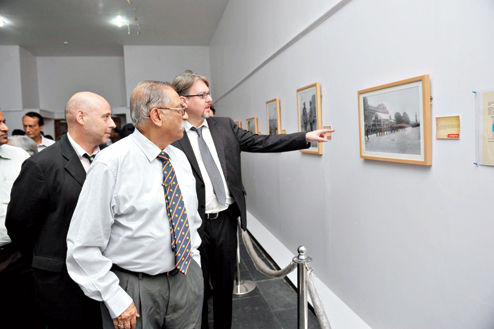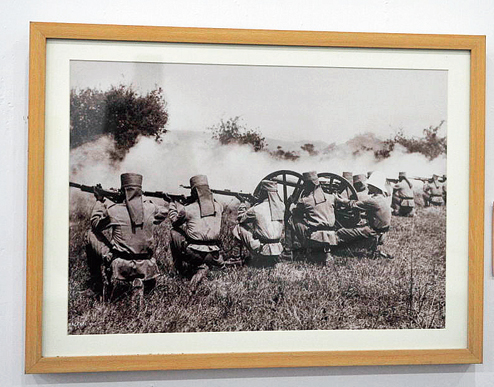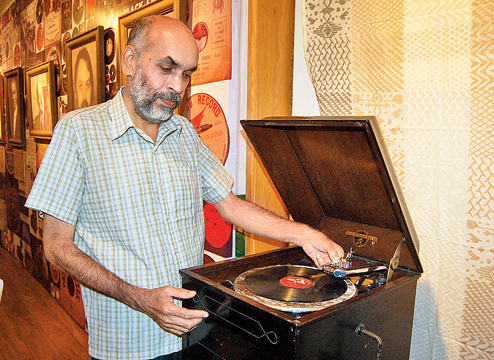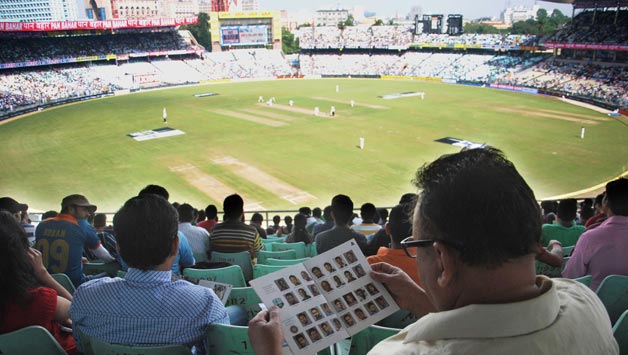Kolkata :
A short film on a young girl’s fight to stave off marriage and help her family make ends meet drew appreciation at the film festival on Sunday.
Made by Oscar winning American short filmmaker Megan Mylan, the film is about a beneficiary of the state government’s Kanyashree and Sabala schemes that are aimed at empowering the women of rural Bengal. Mylan said she read about 16-year-old Monika Barman of Cooch Behar in an article and was stunned by her resolve.
Titled ‘After My Garden Grows’, the ten-minute film is more like a clip that conveys a strong message. It shows Monika working to develop her family’s own garden on a plot of land where she grows vegetables and helps her father earn by selling them at the local market. She is shown discussing the perils of an early marriage with peers and village elders and asking everyone around not to get their daughters married at an early age.
“I have just shot what was really happening. It was amazing to see Monika changing the lives of adolescents in her village and fighting a tradition. Through my film, I have tried to portray what adolescent girls in India are faced with,” said Mylan, while speaking to newspersons on Sunday.
She was accompanied by the state child and women’s development minister Shashi Panja, who felt the film showed that the government’s initiatives are bearing fruit. “Both Monika and her elder sister Kanika, who got married and had a child at the age of 17, are beneficiaries of our schemes. The Kanyashree and Sabala schemes have been helping hundreds like them. Girls have now been made aware that they shouldn’t be getting married before 18. I congratulate Megan for having handled this gender issue so sensitively,” said the minister.
Monika is now back in school and continues to tend to her garden which helps her family earn money. Monika, who was present at the event, said she would not get married in the near future. “Now, I have the courage and the support to refuse marriage proposals. My father has been very supportive and he wants me to be self-sufficient. I hope other girls of my village follows my example,” she said.
The film could be used by the state government to project its rural schemes, Panja said. “We are exploring the possibility. It is indeed a good advertisement for our schemes,” she said.
source: http://www.timesofindia.indiatimes.com / The Times of India / Home> City> Kolkata / TNN / November 17th, 2014



